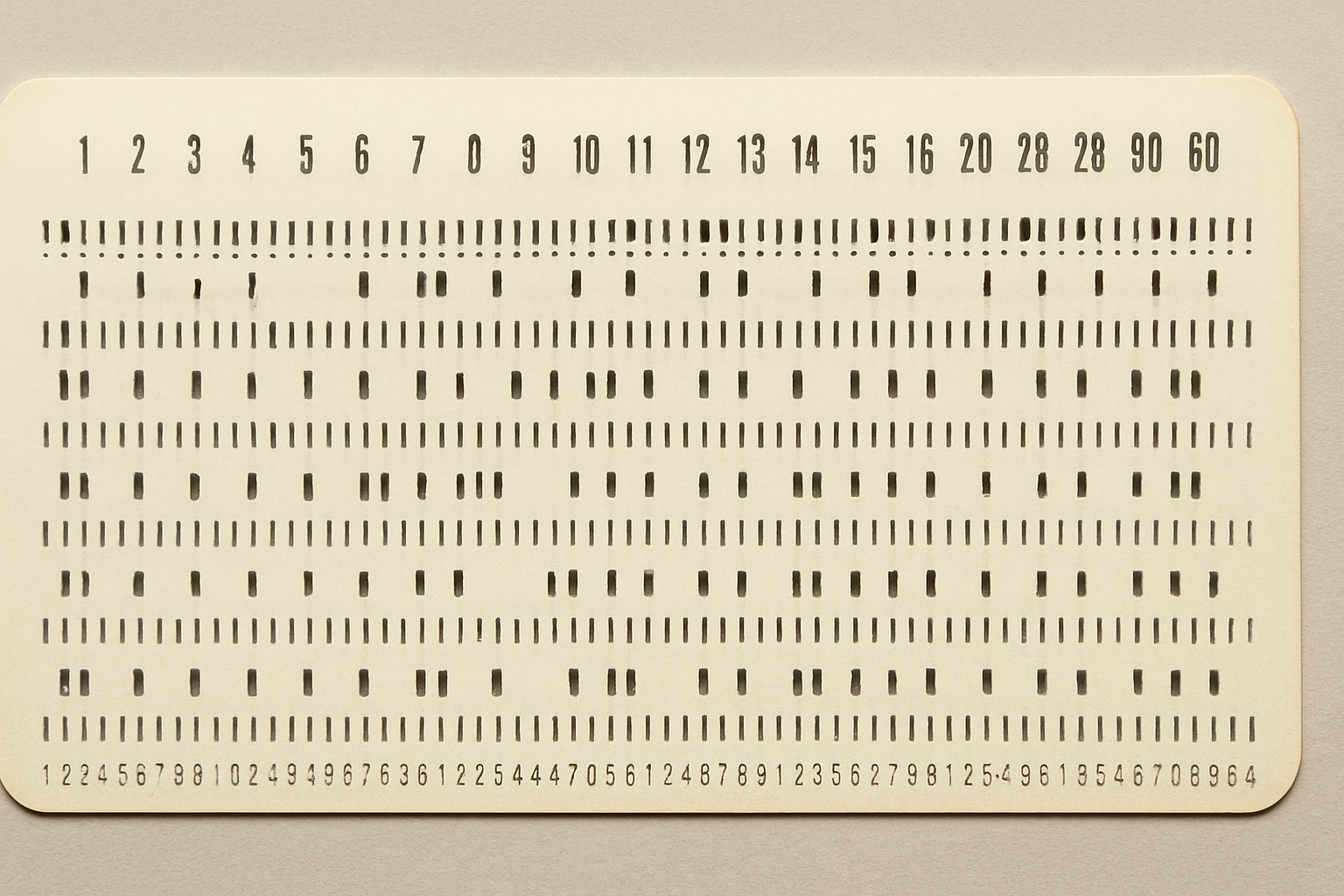Ideas & Resources
Some of our stories, insights, and industry trends surrounding social innovation, capacity building, design thinking, and human-centred design.
Featured Posts
Latests Posts
Categories:

AI Is a Practice, Not a Productivity Hack
Most people treat AI like a vending machine. But the real capability shift happens when you treat it as a practice: a relational dialogue that compounds your thinking over time.

Using AI to Do Hard Work Better: Why Your Organization Needs an Enabling Policy
Most organizations are stuck on AI—banning it, ignoring it, or letting hidden use happen. Here's a different approach: enable capability building with clear guardrails.

From Strategy Documents to Strategy Systems: What AI Makes Possible
Most strategic plans die on shelves. Strategy by Design turns strategy into a living system—finally made operational by AI. This piece explains how AI enables dynamic, adaptive strategy organizations can actually use.

Three Modes of Working with AI: Efficiency, Collaborator, Thinking Partner
AI isn’t just about speed. It’s about relationship. These three modes—efficiency, collaborator, and thinking partner—show how to use AI to think better, not just work faster.

Rediscovering the Edges: Why AI Feels Like Playing Again
AI feels less like finished software and more like those early days of DOS and dial-up—unfinished, full of possibility, and waiting for us to tinker. Curiosity, not control, is the stance leaders need to take if they want their teams to discover what’s really possible.

From the Mouse to the Chat Window: Rethinking Our Relationship With Technology
We’ve gone from punch cards to command lines, from the mouse to chat windows. Each shift changed how we work with machines. AI chat is the newest grammar—treat it as relational rather than transactional, and you’ll unlock more clarity, context, and possibility.



We’ve gone from punch cards to command lines, from the mouse to chat windows. Each shift changed how we work with machines. AI chat is the newest grammar—treat it as relational rather than transactional, and you’ll unlock more clarity, context, and possibility.